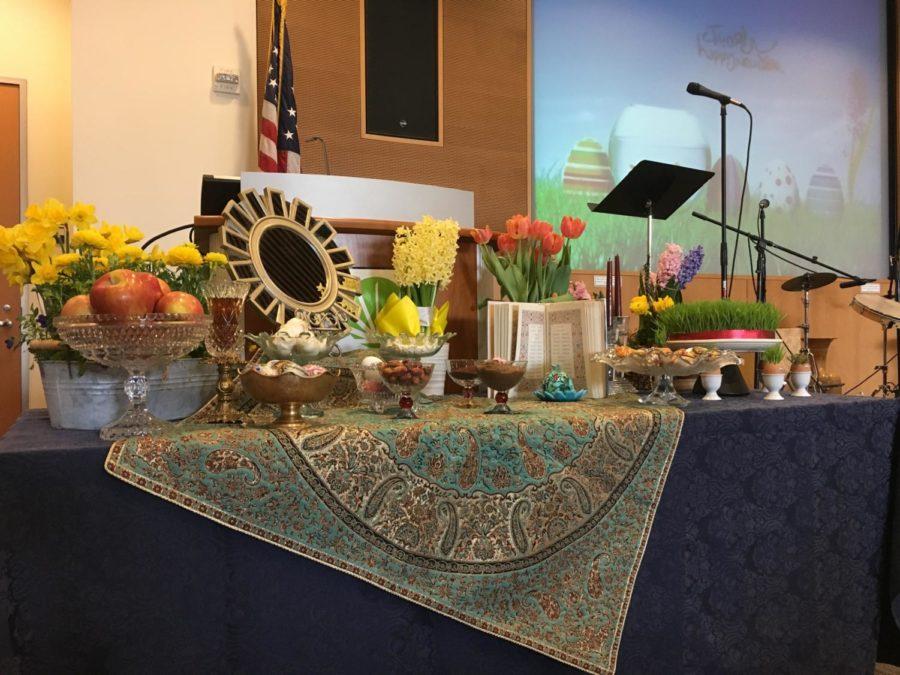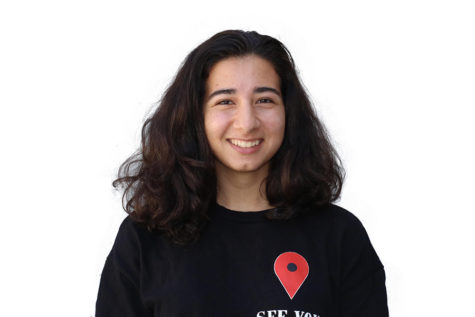To some, the official beginning of spring means little. To Persians, the beginning of spring is a time for celebration.
For the people of Iran, many of their surrounding neighbors, and Persian Americans, the beginning of spring means the beginning of Nowruz, or Persian New Year: an ancient holiday that celebrates the rebirth of nature.
“Nowruz has Zoroastrian origins that go back to at least 3000 years,” said Rada Zarandian, and Iranian-American Library Advisory Committee member. “It symbolizes the rebirth of nature, and the main message [of Nowruz] is to spend time with your friends and family.”
The holiday also comes with many traditions. It is celebrated for 13 days, and begins on the vernal equinox. On the last day, friends and family go out on a picnic together.
“Nowruz symbolizes the rebirth of nature, a new year, so spending time outdoors is very important,” Zarandian said.
This year, the Persian American Society (PSA) hosted its own Nowruz celebration in the San Mateo Library. They included symbols of Nowruz in their celebration.
Haft Seen (The Seven Seens) are seven items that start with the letter “s” that are put on a table, and they all symbolize something.
“We put seven things on a table, and they all have a special meaning,” Zarandian said.
According to Quora, Seeb (apple) represents health, Seer (garlic) represents health and medicine, Samanu (Persian pudding) represents the sophistication of Persian cooking, Senjed (dry Persian olives) represent prosperity, Serkeh (vinegar) represents patience, Sabzeh (sprout) represents the rebirth of nature, and Sumac (color of sunshine) represents good overcoming evil and light overcoming dark.
It is also common to put mirrors on the table to represent light. However, in addition to the Haft Seen, Nowruz has other symbolic items. Colorful eggs are often put on the table. They represent the different ethnicities living together in harmony, which can also be celebrated in this ancient holiday.



Reza • Apr 18, 2018 at 11:28 am
Nowruz — the meaning of the word is not even mentioned in this article (it means “new day”) — has much more symbolism than was offered in simplistic description by your Iranian American library advisory committee member. It would be helpful if your reporter went to online reaources (cultural, academic, etc) which offer, even in brief explanation, a far better description of Nowruz and other Persian cultural topics than offered above to your dear readers.Encyclopaedia Iranica is just 1 reliable and easily accessible online source
Thank you
Reza from Jask, Iran